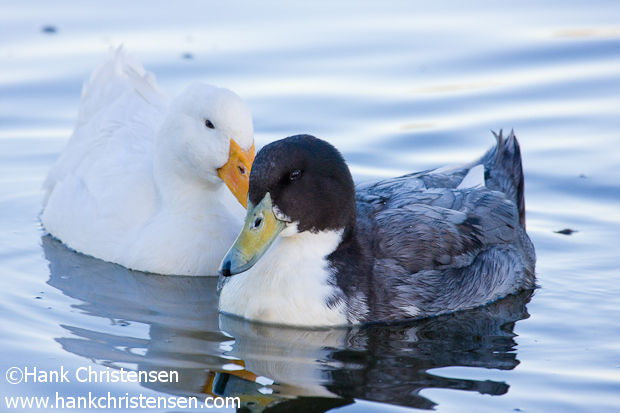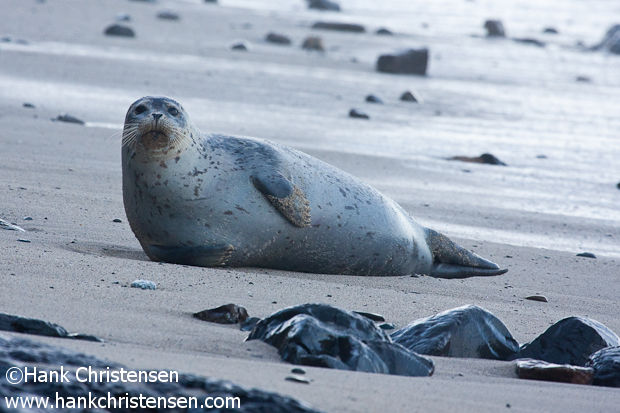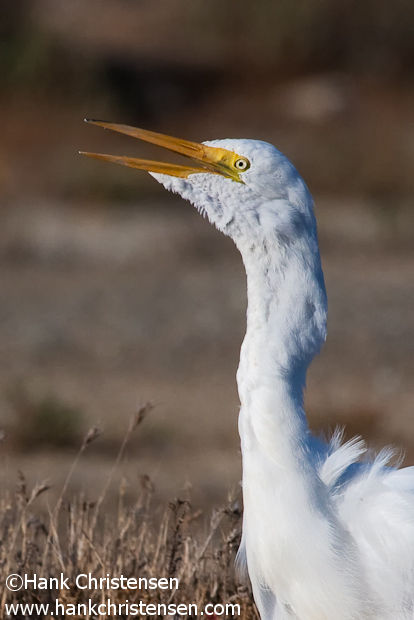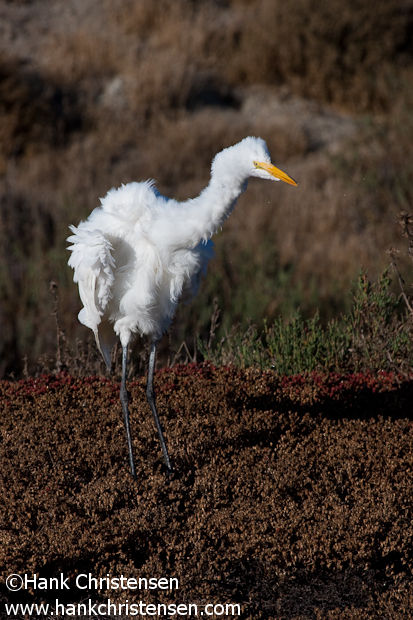
I wish you all a happy and safe Valentines Day. May it be a day where you can truly celebrate the relationships in your life, and spend some quality time with loved ones!

I wish you all a happy and safe Valentines Day. May it be a day where you can truly celebrate the relationships in your life, and spend some quality time with loved ones!

I took this photo last week in Moss Beach, just north of Half Moon Bay. At low tide, harbor seals can sometimes be seen lounging on the exposed rocks, far away from the beach. However, I was here at dawn, and it was still about an hour away from high tide. I knew the rocks would be covered, and I was hoping I might see some along the beach. Unfortunately, the tide was in much further than I thought it would, leaving only about 20 feet between the sea cliff and the pounding surf.
Not seeing any seals, I decided to focus instead on landscapes. I set up my tripod at the base on the path going down to the beach. As I was setting up a shot, far in the distance down the beach I saw movement. This had to be the seals. I re-evaluated the tide situation, and figured if I gave myself a strict time limit, I should be able to make it down the beach and back before the tide rose to the bottom of the cliff (kids don’t try this at home). Not wanting to get stranded against a cliff and sucked out to sea, I gave myself 10 minutes to get a shot and get out.
I preset the camera controls and got my long lens ready, then did my fastest “stealth” walk I could muster. As I got closer, I saw there was one seal left on the beach, the others having gone into the ocean (I believe this was the movement I had seen when I was down the beach). He appeared fast asleep. Just then, a large wave came in and broke just below him, sending water underneath him, and waking him up. He only looked up once, but I was ready. I got the shot, and knew it was time to get out of there.

One of the largest, most majestic and ubiquitous birds around my house year round is the Great Egret. A short walk along the bay will usually yield at least one sighting, no matter the time of year. As captivating as this bird is because of its sheer size, it becomes even more interesting when observing its behavior. Whether fishing, preening, flying, or just poking around in the mud with its smaller Snowy Egret cousins, the Great Egret seems intent on whatever it is doing.
Both photos presented here are of the same egret on the same day. The shot below was taken just after a stiff wind had ruffled the bird’s feathers. To settle its feathers back in place, it began to shake its entire body back and forth like a wet dog. Captured mid-shake, it looks more like an overgrown chick than its usual stately self.

I recently updated my Panoramas gallery to include some more recent photos. Most of these were created by taking several photos and stitching them together, creating one larger photo. Some were simply cropped to a panoramic format. Most of the photos have a 3:1 aspect ratio. While there is no true standard panoramic photo ratio, 3:1 has been used by several film-based cameras over the years, including the Fuji GX617.
Check out the Flash gallery below, or click the Panoramas link below that to jump straight to the gallery page on my web site.
Panoramas – Images by Hank Christensen